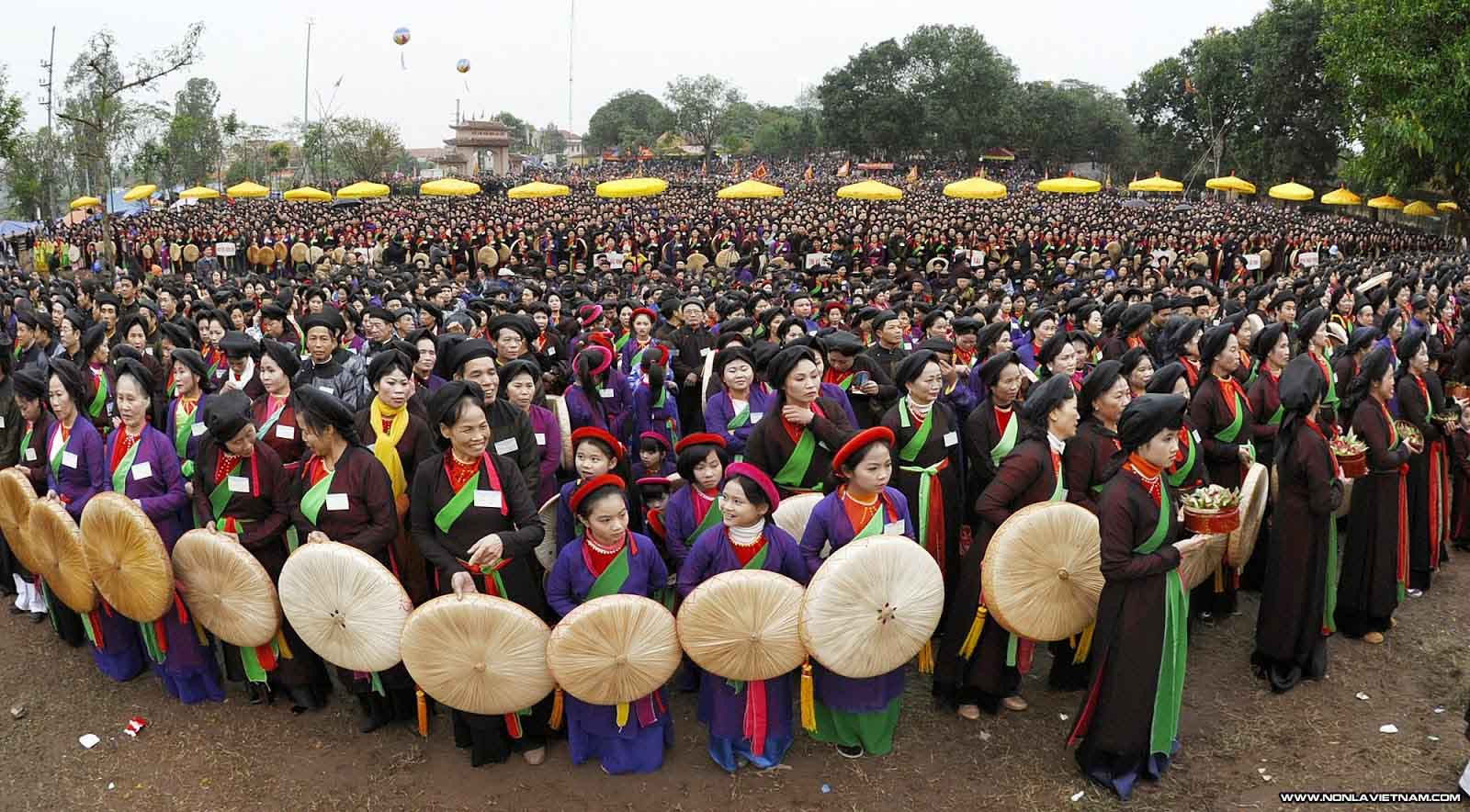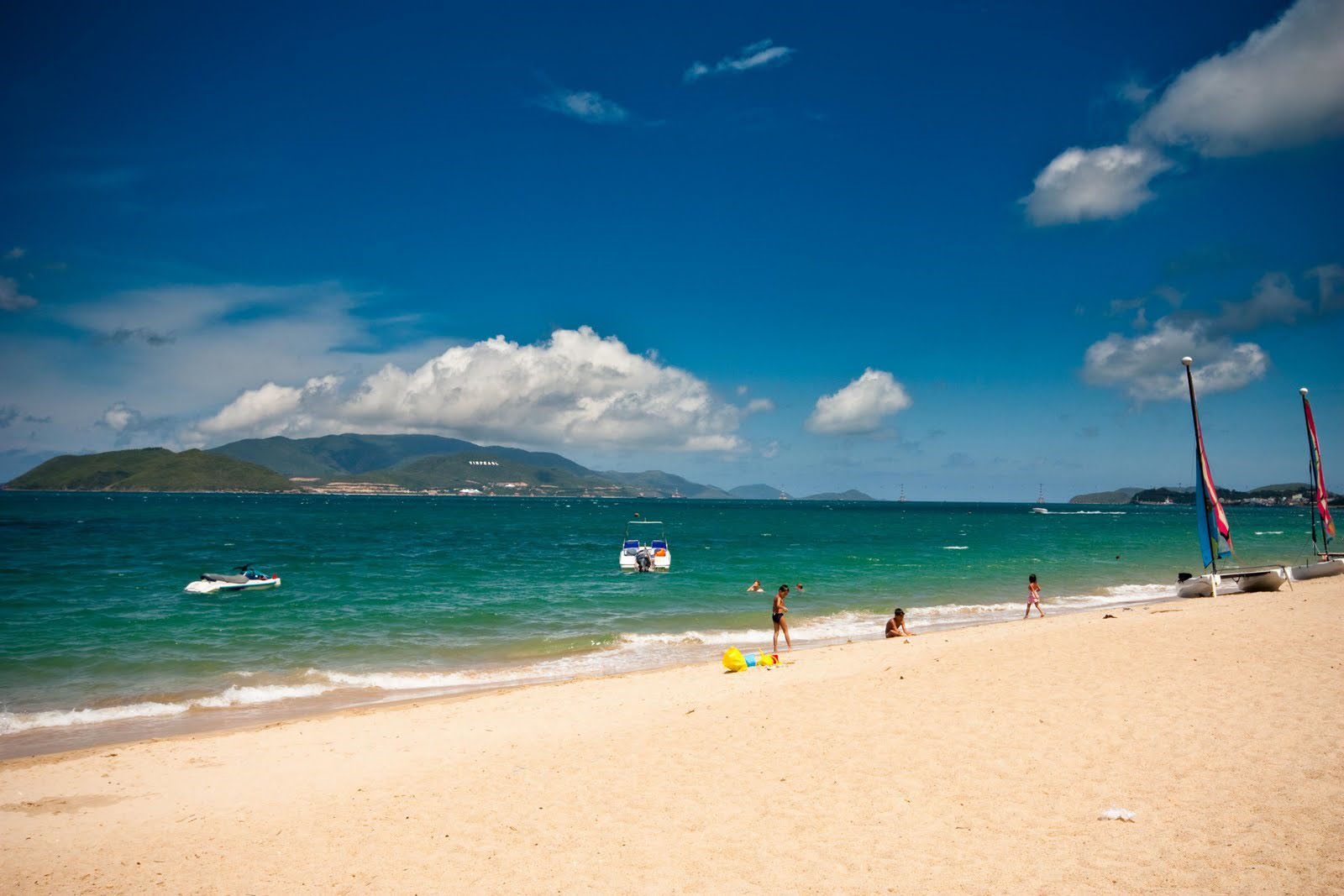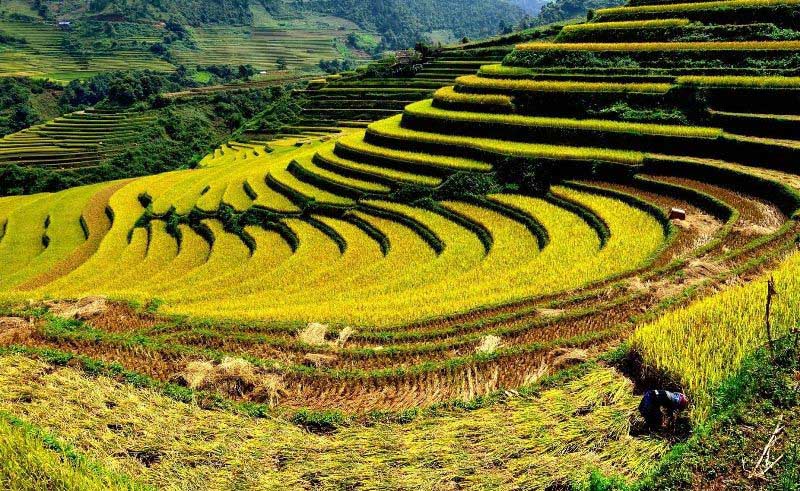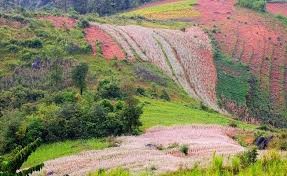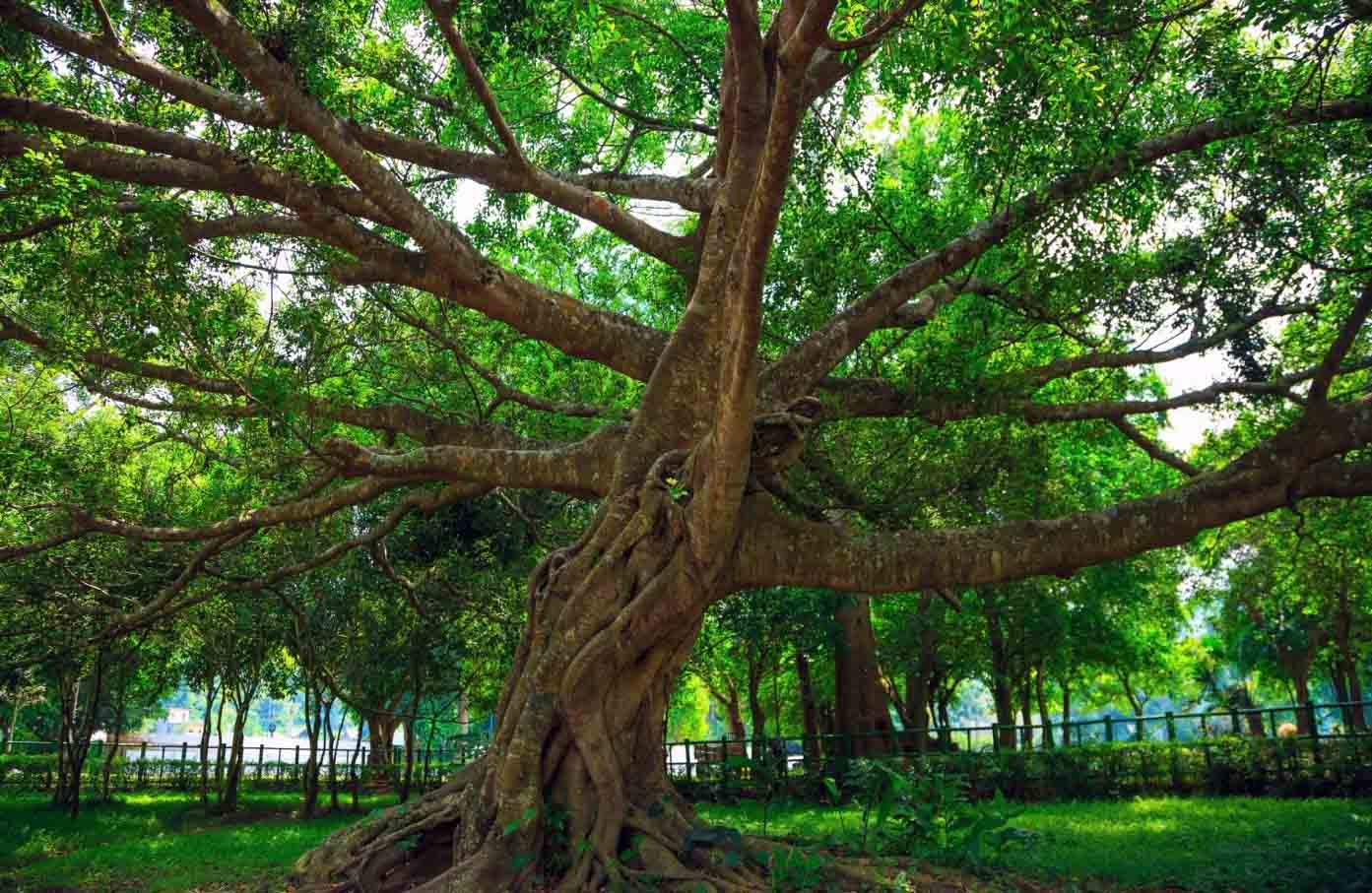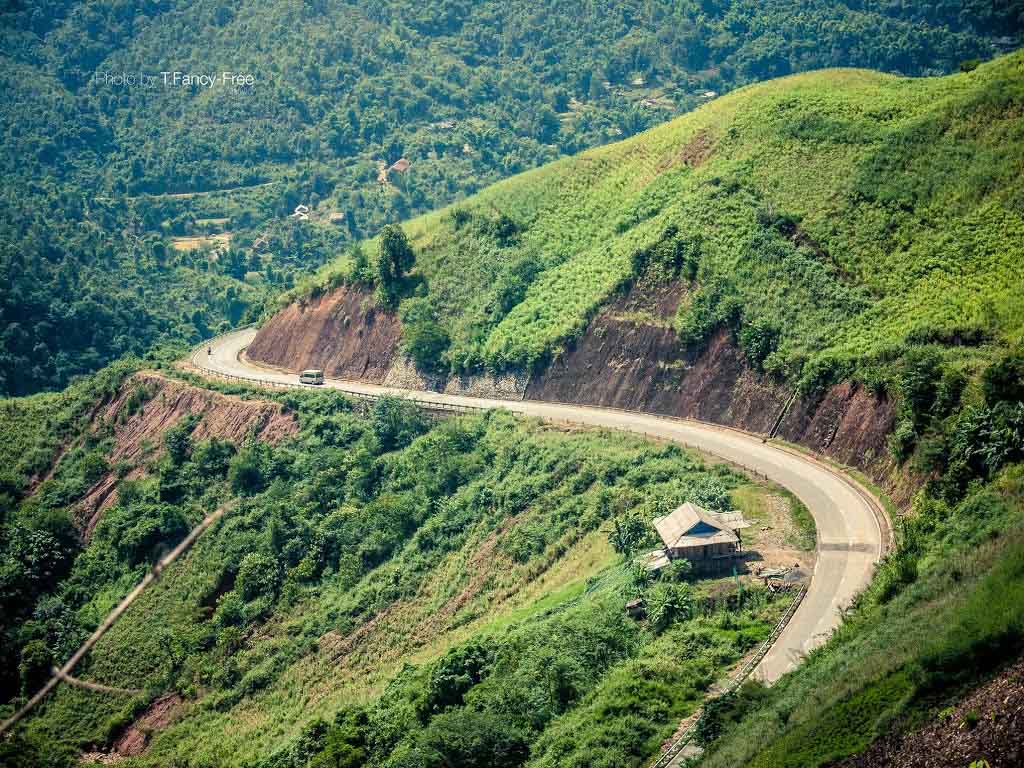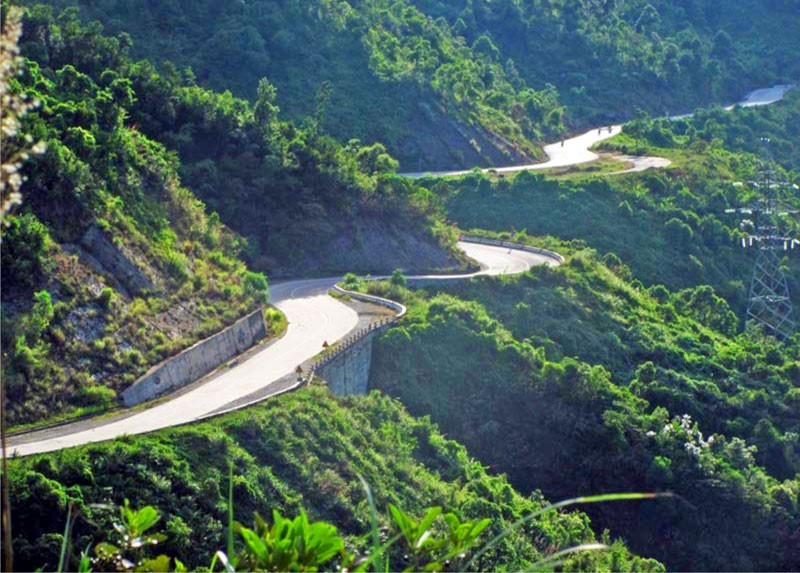Lung Ngoc Hoang Nature Reserve
Alternative site name(s)
Phuong Ninh Forest Enterprise
Province(s)
Can Tho
Area
6,000 ha
Coordinates
9o41' – 9o45'N, 105o39' – 105o43'E
Distance(s)
From Ho Chi Minh City
From Can Tho City
Eco-tours
Not available
Topography and hydrology
Lung Ngoc Hoang Nature Reserve is situated in the flat Mekong Delta region. An extensive network of canals runs throughout the site.
Biodiversity values
There are three major vegetation types at Lung Ngoc Hoang Nature Reserve. The most widespread vegetation type is Melaleuca forest, most of which is commercial plantation with few biodiversity values. There are several small patches of open swamp and grassland, which have greater biodiversity value, although much is now planted with Melaleuca saplings. Approximately one third of the site is given over to rice and sugar cane cultivation.
The grassland areas include some large areas of Eleocharis dulcis meadow, associated with which are Cynodon dactylon, and patches of naturally regenerating Melaleuca. Three other grassland types are to be found at the site: Scleria poaeformis meadow, which includes some Eleocharis dulcis and members of the Poaceae; Hymenachne acutigluma meadow, which predominates along some of the canal banks; and Phragmites vallatoria meadow, which occurs as occasional patches of tall, dense stands.
The aquatic plant community of the canals is comprised mainly of Eichhornia crassipes, Pistia stratiotes, Salvinia cucullata, Ipomoea aquatica, Ludwidgia adscendens, Centrostachys aquatica, Azolla pinnata, Spirodela polyrrhiza and Lemna aequinoxialis
The diversity of wetland birds recorded at Lung Ngoc Hoang is low. No globally threatened or near-threatened species have been reliably reported from this site. Large wetland birds are scarce at Lung Ngoc Hoang, only a few egrets and herons have been recorded here during the dry season. During the wet season, however, a few more wetland species have been documented, including Bronze-winged Jacana Metopidius indicus and Black Bittern Dupetor flavicollis. The avifauna of the Melaleuca plantation areas is species poor, consisting mainly of Pied Fantail Rhipidura javanica, Olive-backed Sunbird Nectarinia jugularis and Oriental White-eye Zosterops palpebrosa. No significant records of other faunal groups have been made at the site.
Other documented values
No information.
More guide...
Responsible Travel
Asia Travel News



